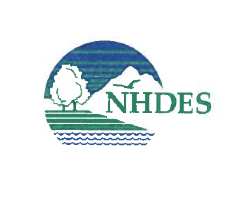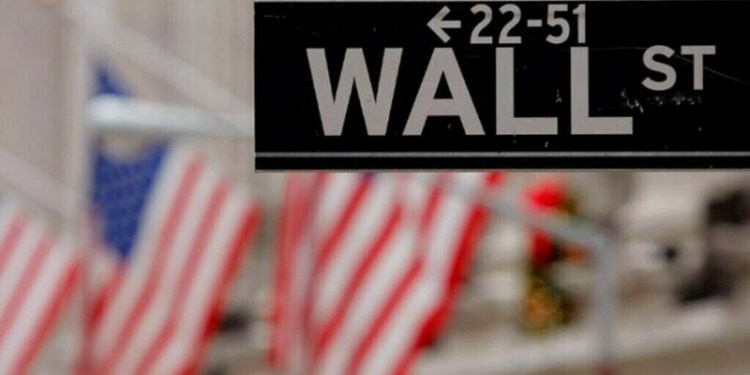April 7, 2016 Updated 4/7/2016
Email Print

New Hampshire environmental regulators have told fluoropolymer processor Saint-Gobain Performance Plastics Corp. that it’s potentially liable for cleanup of groundwater contamination around its factory in Merrimack.
The April 1 letter is the second time in recent months that environmental regulators in the United States have told Saint-Gobain it is responsible for such a cleanup. In February, New York state said the company is responsible for cleanup of drinking water contamination around its factories in Hoosick Falls, N.Y., and they declared one of the factories a Superfund site.
In New Hampshire, the state’s Department of Environmental Services said in its letter that it found perfluorooctanoic acid, used in the manufacture of fluoropolymers, in both public and private drinking water systems around the Merrimack factory at levels above the U.S. Environmental Protection Agency’s provisional safe levels.
“Based on information to date, the [state government] has determined that Saint-Gobain is potentially responsible for the cleanup of the site, restoration of impacted groundwater and drinking water, other actions necessary to protect public health and the environment, and any costs NHDES incurs,” the state said in the April 1 letter.
NHDES wants Saint-Gobain to present a treatment plan, including providing bottled water and upgrading the current water system to remove PFOA and other perfluorinated compounds.
Saint-Gobain is currently spending more than $ 3 million to upgrade water filtration in Hoosick Falls. That includes $ 300,000 for a temporary system installed in the last few weeks and $ 2.5 million for a permanent upgrade later this year.
Saint-Gobain has also been supplying bottled water to Hoosick Falls residents for several months, although state health officials March 30 declared that town’s water now is safe to use, saying that the temporary filters had removed PFOA to non-detectable levels.
Saint-Gobain did not respond to a request for comment on the New Hampshire letter. But in response to New York officials in the past it had noted that up to seven companies in the Hoosick Falls area used fluoropolymers, suggesting the PFOA contamination could come from other sources.
The New York letter earlier this year also named Honeywell International Inc. as potentially liable for the PFOA contamination, because it previously owned the Hoosick Falls factories. New York said it could add other companies later.
U.S. EPA considers PFOA a potential carcinogen. In 2006, it reached agreement with the largest PFOA makers in the United States to phase out use of the chemical by 2015.


























